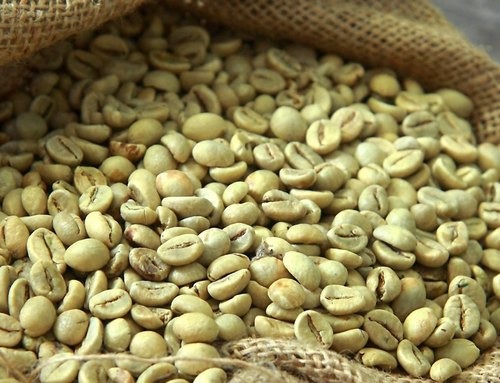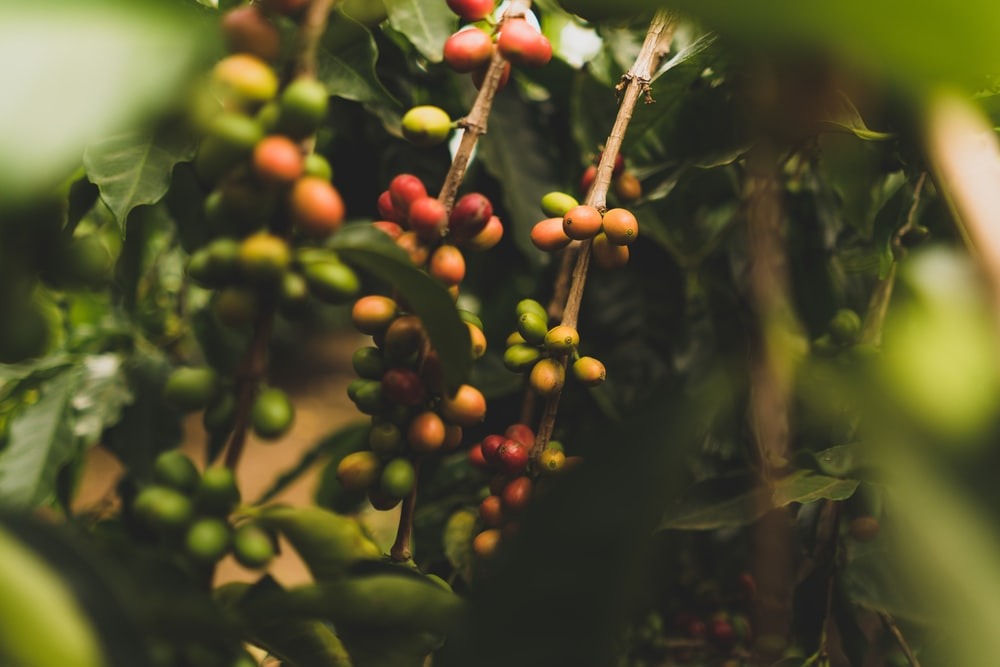A large percentage of Cameroon’s coffee has traditionally been robusta, grown in all provinces except the north, while arabica is mainly produced in the high altitudes of the west, northwest, and east.
The western highlands of Cameroon, where much of the coffee is grown, averages about 5,000 feet above sea level and has two distinct seasons, the rainy season and dry season, which benefits quality arabica.
Coffee farming in Cameroon dates to 1884, during the German colonial era. The Germans went up to open trial gardens in Victoria, Ebolowa, Nkongsamba and Dschang. Coffee farming later extended to the hinterlands to Yokadouma, Abong-Mbang, Doumé, Lomié and Akonolinga. Around 1927, the coffee plant found its way to the West Region. By 1928, 200,000 coffee seedlings were planted in Dschang. By 1929, the development of coffee farming in Cameroon was thanks to René COSTE, a French Agricultural Engineer appointed to head the farming Station of Dschang. There was a high level of production in 1990 resulting in record export of 156,000 tons. Cameroon was ranked 12th in world ranking.











